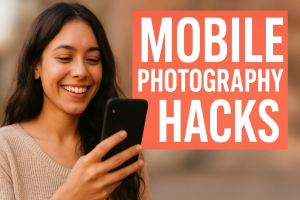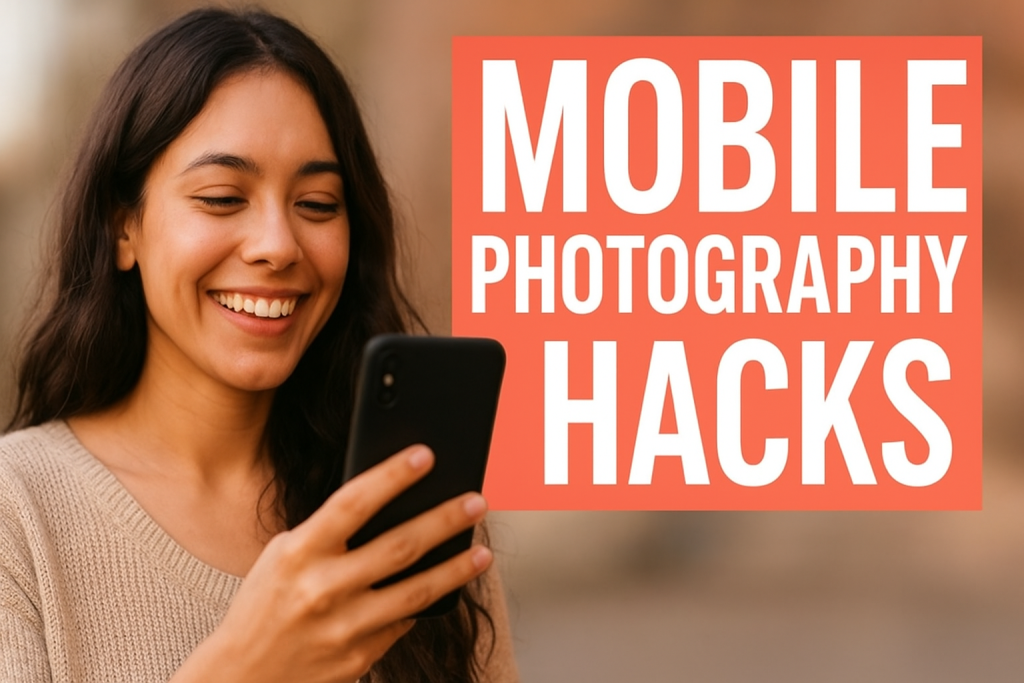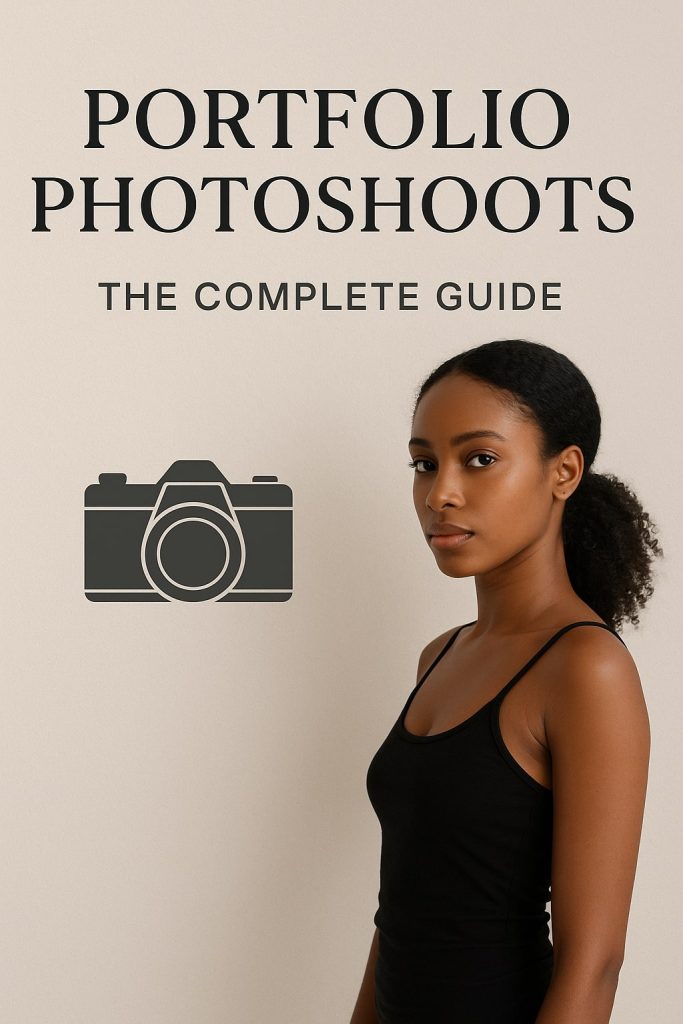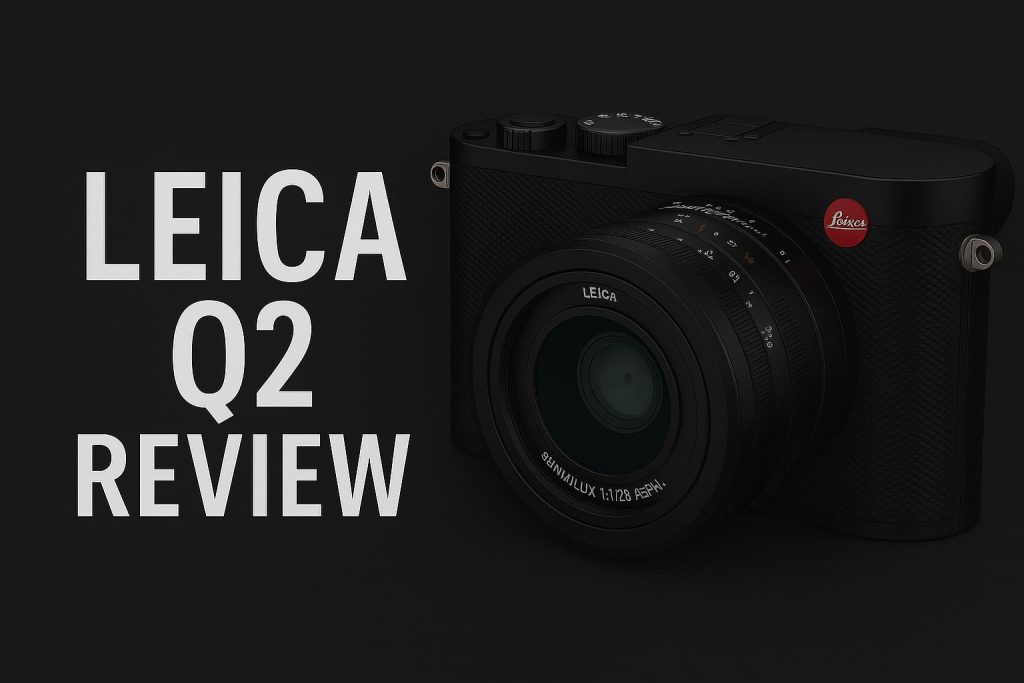Photography is more than just capturing beautiful images—it’s about building a recognizable brand that attracts the right clients. Whether you’re a seasoned photographer or just starting, having a strong marketing strategy is essential for standing out in a competitive industry. In this guide, we’ll explore the best marketing strategies to help you grow your photography brand effectively.
1. Define Your Unique Photography Brand
A strong brand identity helps you differentiate yourself from competitors and attract your ideal clients.
Steps to Define Your Brand:
- Identify your niche (wedding, portrait, travel, commercial, etc.).
- Develop a unique style and editing aesthetic.
- Create a compelling brand message and tagline.
- Design a professional logo and website.
Tip: Your brand should reflect your personality, values, and the experience you offer clients.
2. Build a Professional Photography Website
Your website serves as your online portfolio and primary sales tool.
Key Elements of a Strong Photography Website:
- High-quality portfolio showcasing your best work.
- Clear service descriptions and pricing information.
- A blog for SEO and content marketing.
- Contact forms and call-to-action buttons.
Tip: Use SEO best practices to optimize your website and attract organic traffic from search engines.
3. Leverage Social Media for Marketing
Social media platforms are powerful tools for reaching potential clients and showcasing your work.
Best Social Media Platforms for Photographers:
- Instagram – Ideal for sharing portfolio images and behind-the-scenes content.
- Facebook – Great for engaging with local communities and running ads.
- Pinterest – Useful for driving website traffic through visually appealing content.
- LinkedIn – Perfect for connecting with corporate clients and networking.
- TikTok & YouTube – Great for sharing photography tips and engaging video content.
Tip: Post consistently, use relevant hashtags, and engage with followers to build a loyal audience.
4. Implement SEO Strategies to Rank Higher on Google
Search engine optimization (SEO) helps potential clients find you online.
SEO Techniques for Photographers:
- Optimize website images with descriptive alt text.
- Use target keywords in your blog posts and service pages.
- Get backlinks from photography directories and collaborations.
- Ensure your website loads quickly and is mobile-friendly.
Tip: Blogging about photography tips, client stories, and location guides can improve your website’s ranking.
5. Develop a Strong Content Marketing Plan
Content marketing helps establish you as an expert and attracts potential clients.
Types of Content to Create:
- Blog posts on photography techniques and client experiences.
- Video tutorials on posing, lighting, and editing.
- Client testimonials and success stories.
- Behind-the-scenes photography sessions.
Tip: Repurpose content across different platforms to maximize reach.
6. Use Email Marketing to Nurture Leads
Email marketing is a cost-effective way to keep potential and past clients engaged.
How to Grow Your Email List:
- Offer a free photography guide or discount in exchange for email sign-ups.
- Collect emails through your website and social media.
- Send out newsletters with special offers, updates, and photography tips.
Tip: Personalize your emails to build stronger connections with your audience.
7. Network and Build Relationships
Word-of-mouth and referrals are powerful for growing a photography business.
Networking Opportunities:
- Attend local photography meetups and industry events.
- Collaborate with other photographers and creatives.
- Partner with local businesses for cross-promotions.
- Join online photography communities and groups.
Tip: Building strong relationships can lead to more referrals and business opportunities.
8. Offer Promotions and Special Packages
Limited-time offers and discounts can encourage potential clients to book your services.
Examples of Effective Promotions:
- Mini-session discounts for new clients.
- Referral rewards for past clients.
- Seasonal or holiday-themed photo packages.
- Limited-time discounts for early bookings.
Tip: Clearly define the terms of your promotions to avoid undervaluing your work.
9. Invest in Paid Advertising
Paid ads can boost visibility and attract targeted clients.
Best Platforms for Paid Ads:
- Google Ads – Appear at the top of search results for photography-related queries.
- Facebook & Instagram Ads – Target specific demographics based on interests and location.
- Pinterest Ads – Drive traffic to your website with visually appealing promotions.
Tip: Start with a small budget, test different ad creatives, and analyze performance before scaling up.
10. Collect and Showcase Client Testimonials
Positive reviews build trust and influence potential clients.
Ways to Use Client Testimonials:
- Feature them on your website’s homepage and service pages.
- Share success stories on social media.
- Create video testimonials for added authenticity.
- Use Google My Business reviews to improve local SEO.
Tip: Encourage satisfied clients to leave reviews by sending a follow-up email after their session.
11. Create a Photography Blog for Authority and Traffic
A blog helps showcase your expertise and attract organic traffic.
Photography Blog Topic Ideas:
- Tips for preparing for a photo session.
- Best locations for photography in your city.
- Photography gear reviews and recommendations.
- Personal stories and case studies from client sessions.
Tip: Use internal linking to direct readers to your services and portfolio pages.
12. Track and Analyze Marketing Performance
Regularly reviewing your marketing efforts helps improve strategies over time.
Key Metrics to Monitor:
- Website traffic and conversion rates.
- Engagement and follower growth on social media.
- Email open rates and click-through rates.
- ROI from paid advertising campaigns.
Tip: Use tools like Google Analytics, Facebook Insights, and email marketing platforms to track performance.
Conclusion
Growing a photography brand requires a combination of strategic marketing, consistent branding, and authentic engagement with your audience. By implementing these best marketing strategies, you can increase your visibility, attract more clients, and establish a successful photography business.
Start applying these techniques today and watch your photography brand grow! Which marketing strategy has worked best for you? Let us know in the comments!

Mobile Photography Hacks: Candid Moments with Your Phone
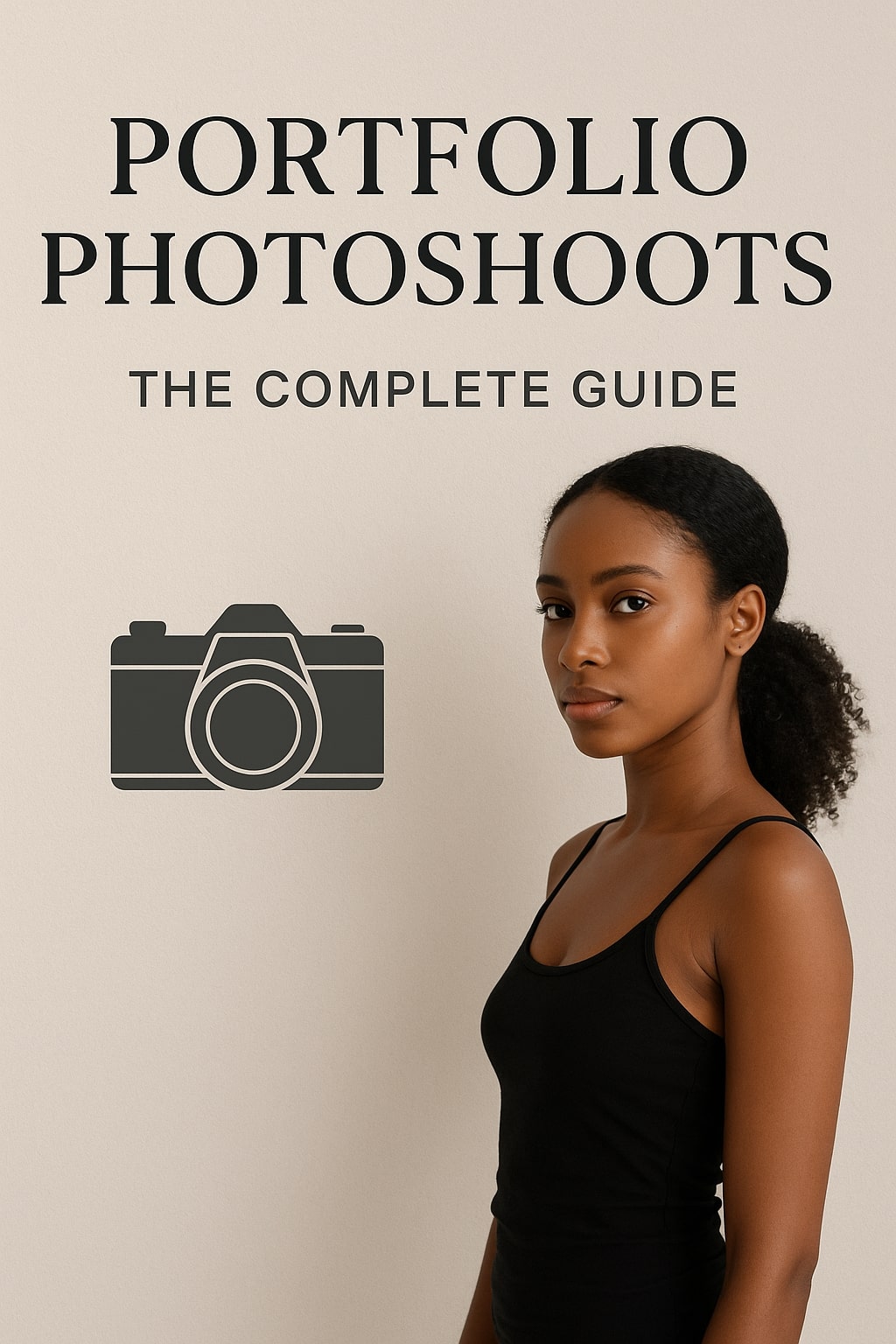
Professional Model & Portfolio Photoshoots: Show Your Best Work
-
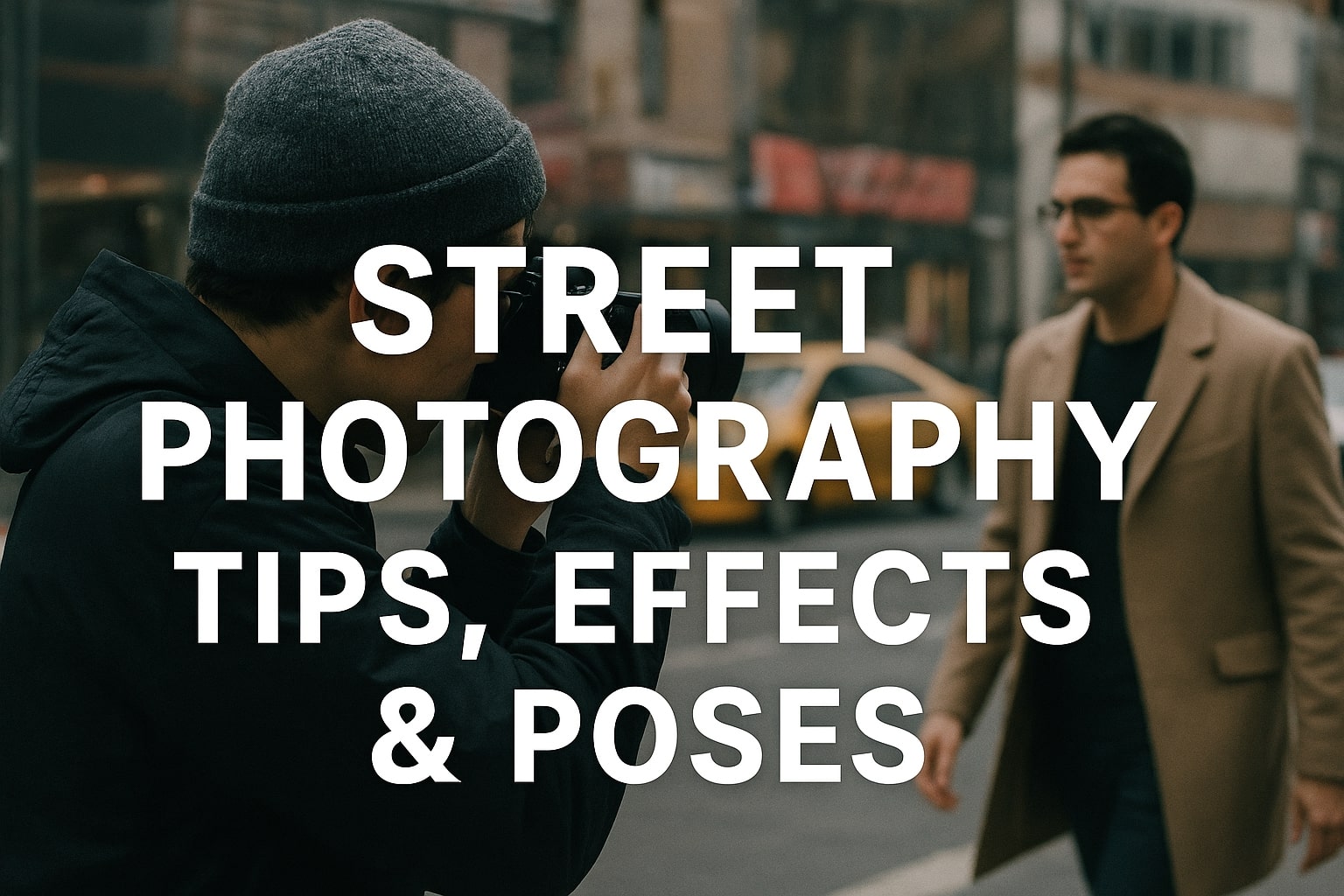
Street Photography Tips, Effects & Poses – Complete Guide
-
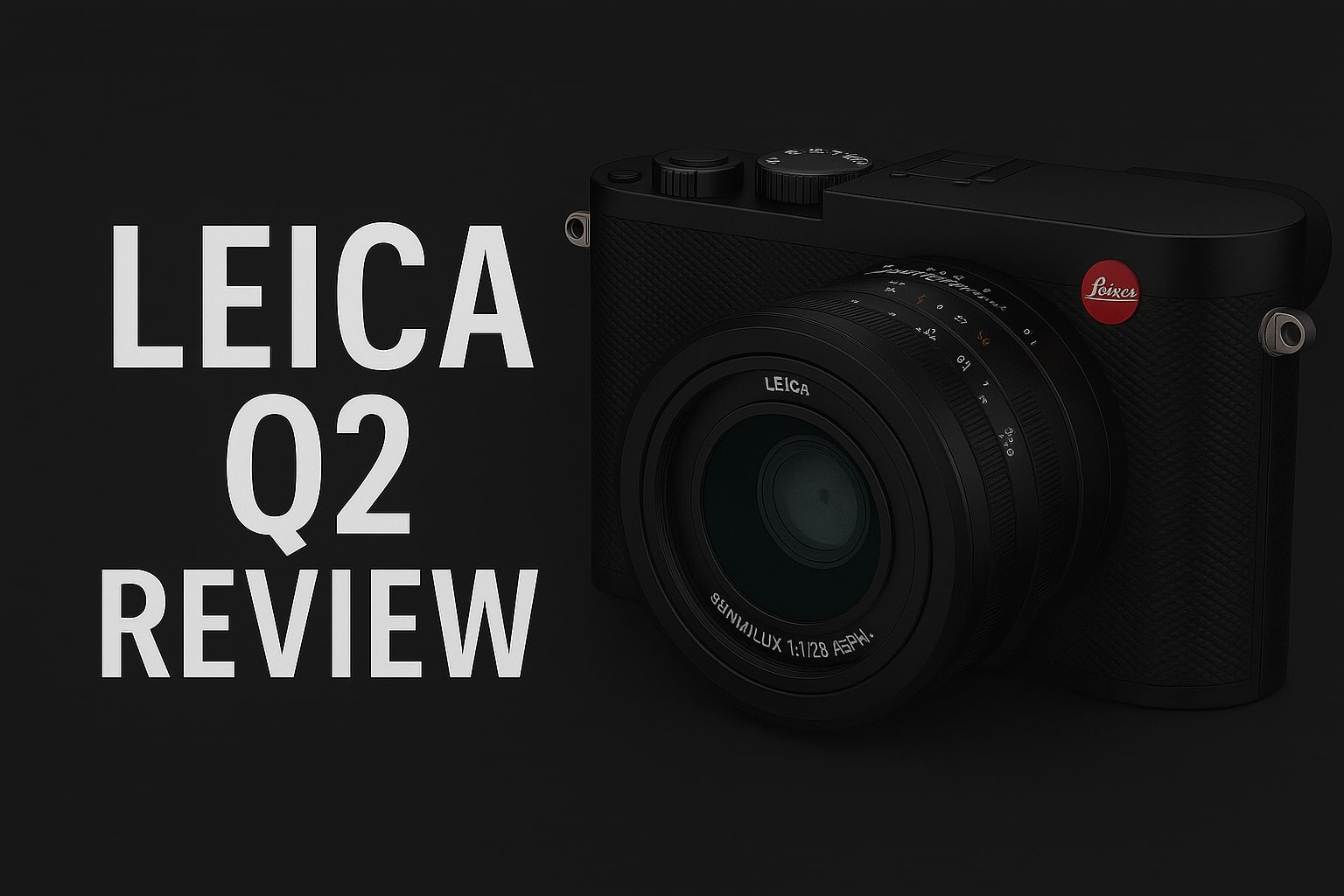
Leica Q2 for Photography: Why It’s Loved by Photographers
Mobile Photography Hacks: Candid Moments with Your Phone
Discover high-impact mobile photography hacks to capture genuine, gorgeous candid moments with your phone. Learn practical tips, composition secrets, and pro techniques to turn everyday scenes into stunning visual stories. Introduction: The New Age of Mobile Photography Photography has evolved beyond heavy cameras, technical jargon, and expensive equipment. Today, the power to capture extraordinary moments
Professional Model & Portfolio Photoshoots: Show Your Best Work
” Discover how to plan, style, and execute stunning portfolio photoshoots that showcase your skills, personality, and versatility. This comprehensive guide covers professional tips, posing ideas, gear suggestions, and industry insights for models and photographers.” Introduction – Why Portfolio Photoshoots Are the Cornerstone of a Photographer’s Career A well-crafted portfolio photoshoot is more than a
Street Photography Tips, Effects & Poses – Complete Guide
Discover the ultimate guide to Street Photography with expert tips, creative effects, and dynamic poses. Learn how to capture authentic urban moments, master composition, and tell powerful visual stories through your lens. Article Outline 1. Introduction to Street Photography Street Photography is more than just taking pictures of people in public spaces — it’s about
Leica Q2 for Photography: Why It’s Loved by Photographers
Introduction: The Cult Status of the Leica Q2 The Leica Q2 is not just a camera—it’s a statement. Combining the heritage of German precision engineering with modern digital excellence, it holds a special place in the hearts of professional and passionate photographers alike. With its full-frame sensor, prime Summilux lens, and minimalist design, the Q2
Top Cameras Under ₹1 Lakh for Freelance Photography
Freelance photography is no longer a niche—it’s a booming creative profession that demands not only vision and hustle but also the right gear. Your camera isn’t just a tool; it’s your storytelling partner. If you’re a freelance photographer aiming to balance performance, versatility, and budget, investing in a cameras under ₹1 lakh can offer the
Top Features of Nikon D850 That Make It Ideal for Photoshoots
Explore the top features of the Nikon D850 that make it a powerhouse for photoshoots. From exceptional resolution to dynamic range, this detailed Nikon D850 guide is built for professional and aspiring photographers. 1. Introduction When Nikon launched the D850, it quickly earned a reputation as a flagship DSLR that redefined what photographers could expect
